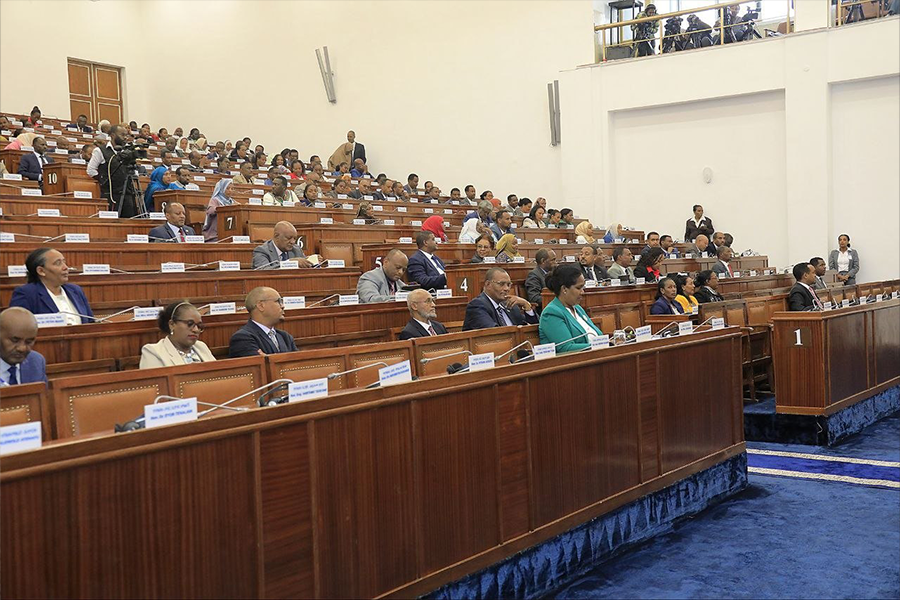
Fortune News | Jul 19,2025
Jun 14 , 2025
By Ahmed T. Abdulkadir
The electric-blue trains that once glided across Addis Abeba’s skyline promised a leap into the future. I remember standing on the platform as a university student when the first two-carriage Light Rail Transit (LRT) rolled in, its doors hissing open like something lifted from a glossy brochure for world capitals. For a moment, the minibus chaos felt distant, replaced by the hum of a system that looked and sounded modern.
Sadly, the optimism was brief.
The EPRDF leaders had pitched the project as a cure for the capital’s traffic and a showcase of its developmental ambition. They conceded, almost proudly, that they had to “outsource the entire project” because the city “did not know how to do” modern transit. That faith in high-tech imports defined every step thereafter. Elevated tracks, complex signalling, expansive depots; however, none of it tailored to the rhythms of a city still built around informal taxis and walk-up businesses.
The numbers tell the story of a mismatch. The budget, once a modest 14 million dollars, ballooned to 475 million dollars, buying only 34Km of track. The engineering dazzled, but ridership never met expectations. Planners forecast 120,000 daily passengers; the early count barely reached half that number. A brief surge to 150,000 in 2016 initially appeared to be vindication, but the trend soon reversed. By 2023, daily ridership had slumped to 45,000, a fraction of the city’s commuting public.
Inside the carriages, the experience changed even faster than the statistics. In the first months, I found breathing room and, occasionally, a seat. Soon, the trains arrived already jammed, their doors sliding open to a human wall. The proud two-carriage formations shrank to single units as rolling stock deteriorated. By 2018, one-third of the 41 trams were out of service for want of spare parts. Maintenance lag topped 60 million dollars, a backlog rooted in the same dependency that had defined its construction. Every critical component had to travel thousands of miles before a train could roll a single meter.
Supporters argued this was the unavoidable learning curve of big infrastructure. They said Addis Abeba was laying the groundwork for wider systems, spurring property development along the corridor and shrinking commute times for the fortunate neighbourhoods it reached. But a transit line that moves only a sliver of a city’s population is not mass transportation. Even at its peak, the LRT carried only a fraction of the demand, while bisecting local markets with concrete viaducts that cast long shadows on once-lively storefronts.
From my window, I watched streets severed mid-block by pillars and fencing, businesses retreating from the shade of a structure meant to bind the city. Those blue-and-white minibuses that the LRT was supposed to render obsolete were still idling below, horns blaring. Eventually, I rejoined them. One shove too many in a shrinking carriage and one delay too long between trains sent me back to the rough efficiency of informal taxis. Thousands of commuters made the same call.
The maintenance spiral illustrates the danger of top-down planning unmoored from local capacity. By relying on imported systems, officials saddled the city with technology that could not be fixed without foreign supply chains. Cash-strapped operators cannibalised parked cars for parts, each short-term patch further eroding reliability and paving the way for the next failure. The elevated guideways remain a costly monument to a vision that confused high gloss with progress.
Critics who had urged a humbler bus-based upgrade are quick to point out what the LRT displaced. Curbside vendors, informal routes, and the modest livelihoods that came with them are diminished, if not vanished. Buses, they argued, required no foreign expertise and could flex to the city’s organic geography. Their warnings went unheeded at the groundbreaking, and they now sound prophetic.
None of this erases the yearning that greeted those first departures. Crowds cheered as sleek cabins sailed overhead. Passengers pulled out their phones to film windows streaking past. The project offered a taste of what a dignified commute could feel like. But public works succeed only when hardware meets context. The LRT’s hardware was world-class; its context was not.
Addis Abeba’s planners are again discussing ambitious corridors, some even larger than the first. They would do well to study the Iron Curtain already in place. A hundreds of million dollars symbol of modernism has become a system limping on single-car trains, serving fewer riders by the year, its bill for spare parts growing faster than its timetable can keep. If the city presses ahead without asking who will maintain tomorrow’s platforms and signals, it risks repeating a cycle of innovation followed by disrepair.
The lesson is not that cities should fear big ideas. It is that lasting progress arrives when ambition meets the realities of local skills, budgets, and daily habits. Had officials invested in grounded solutions, improving buses, building simple shelters, coordinating schedules, the city might have moved more people for less money while building the capacity to expand. Instead, Addis Abeba carries the weight of an elevated track and a cautionary tale.
I still remember the fizz of that inaugural ride, the sense that my hometown was stepping onto a stage it had long admired from afar. That feeling has curdled into the jolt of a minibus seat. The LRT stands overhead, part marvel, part warning. Its lesson should haunt future planning rooms. Imported sheen is no substitute for systems that local hands can build, run, and mend.
A modern city is measured not by its grandest structure but by the ease with which its people move through their day, without the shove, the delay, or the permanent wait for a part to arrive from overseas.
PUBLISHED ON
Jun 14,2025 [ VOL
26 , NO
1311]

AhmedT. Abdulkadir (ahmedteyib.abdulkadir@addisfortune.net) is the Editor-in-Chief at Addis Fortune. With a critical eye on class dynamics, public policy, and the cultural undercurrents shaping Ethiopian society.

Fortune News | Jul 19,2025
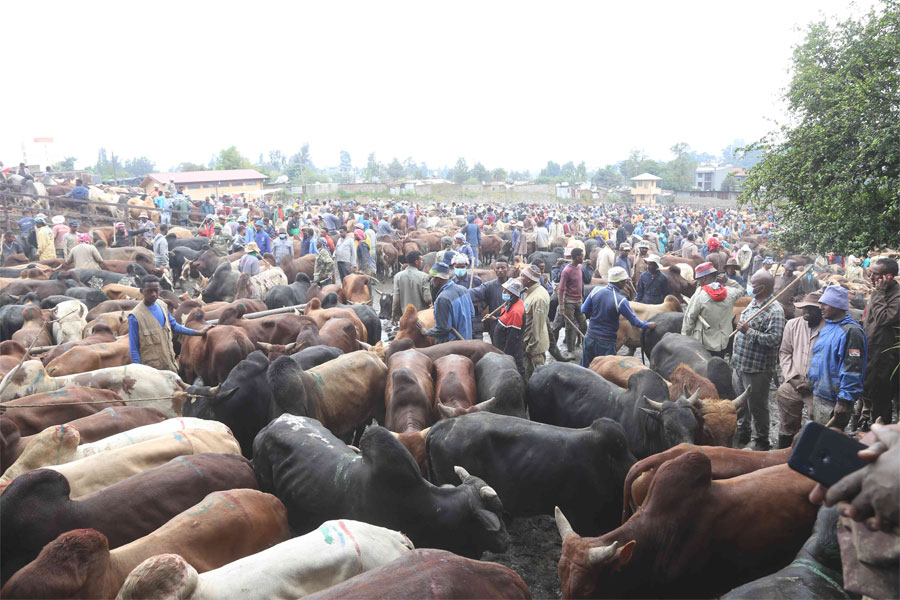
Fortune News | May 27,2023
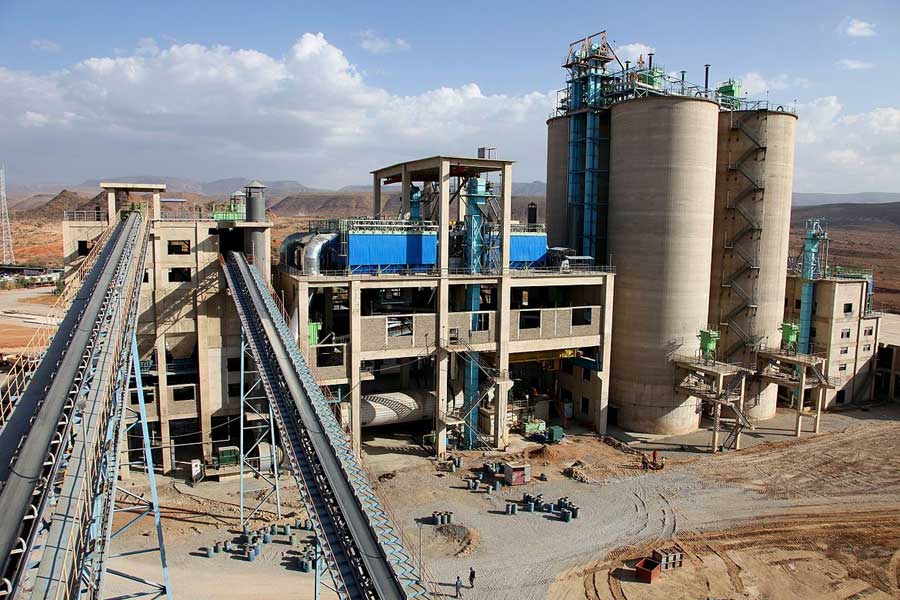
Fortune News | Feb 26,2022

Fortune News | Jul 28,2024

Radar | Nov 09,2019

News Analysis | Mar 09,2024

Fortune News | Jun 01,2019

Fortune News | Aug 11,2024

Commentaries | Apr 20,2019

Delicate Number | Sep 01,2024

Photo Gallery | 176071 Views | May 06,2019

Photo Gallery | 166281 Views | Apr 26,2019

Photo Gallery | 156715 Views | Oct 06,2021

My Opinion | 136875 Views | Aug 14,2021
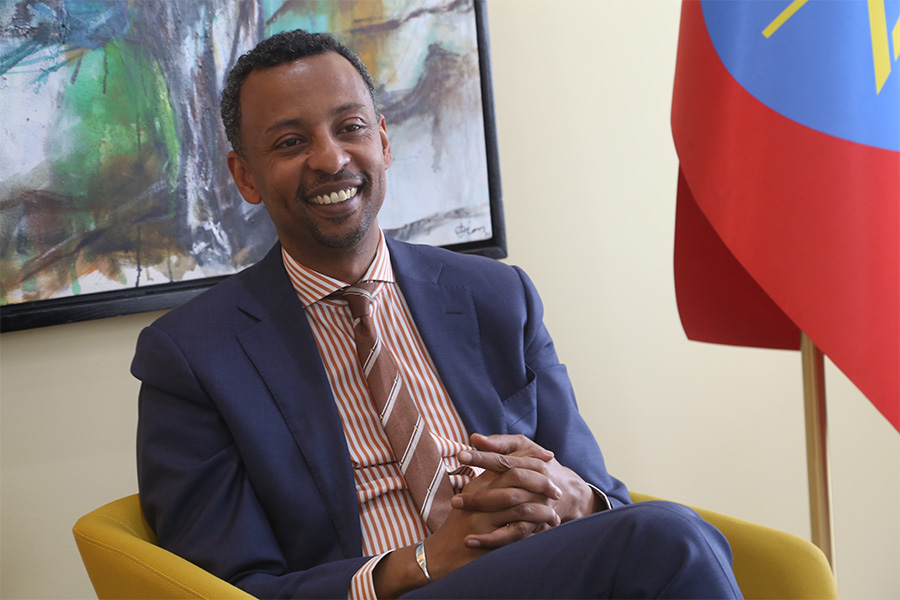
Dec 22 , 2024 . By TIZITA SHEWAFERAW
Charged with transforming colossal state-owned enterprises into modern and competitiv...

Aug 18 , 2024 . By AKSAH ITALO
Although predictable Yonas Zerihun's job in the ride-hailing service is not immune to...
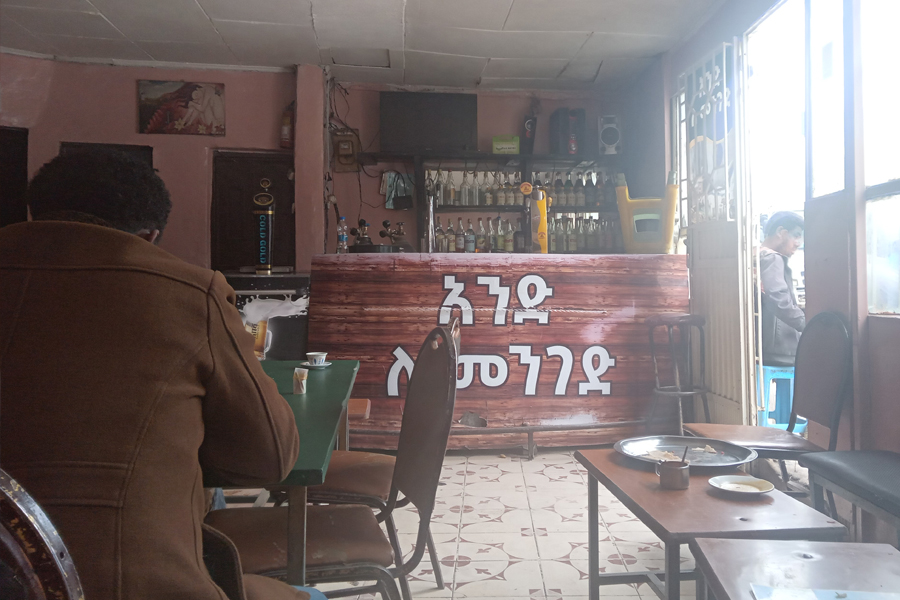
Jul 28 , 2024 . By TIZITA SHEWAFERAW
Unhabitual, perhaps too many, Samuel Gebreyohannes, 38, used to occasionally enjoy a couple of beers at breakfast. However, he recently swit...

Jul 13 , 2024 . By AKSAH ITALO
Investors who rely on tractors, trucks, and field vehicles for commuting, transporting commodities, and f...

Oct 18 , 2025
The political establishment, notably the ruling party and its top brass, has become p...

Oct 11 , 2025
Ladislas Farago, a roving Associated Press (AP) correspondent, arrived in Ethiopia in...
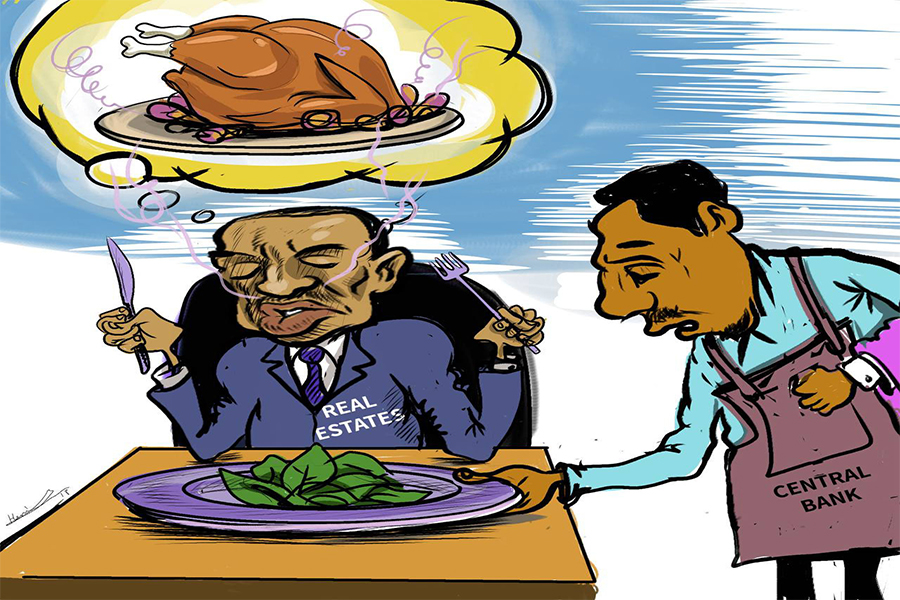
Oct 4 , 2025
Eyob Tekalegn (PhD) had been in the Governor's chair for only weeks when, on Septembe...

Sep 27 , 2025
Four years into an experiment with “shock therapy” in education, the national moo...
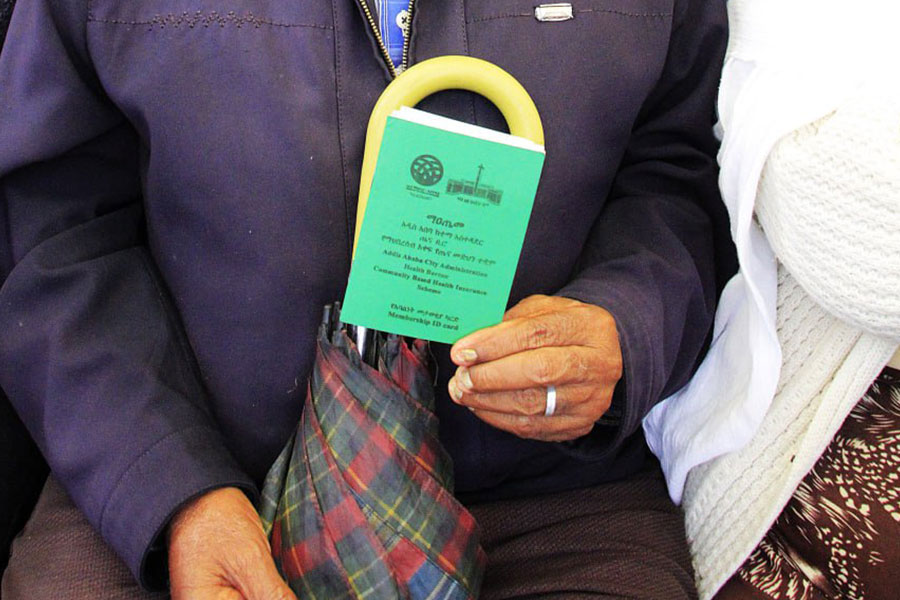
Oct 18 , 2025 . By NAHOM AYELE
In a sweeping reform that upends nearly a decade of uniform health insurance contribu...
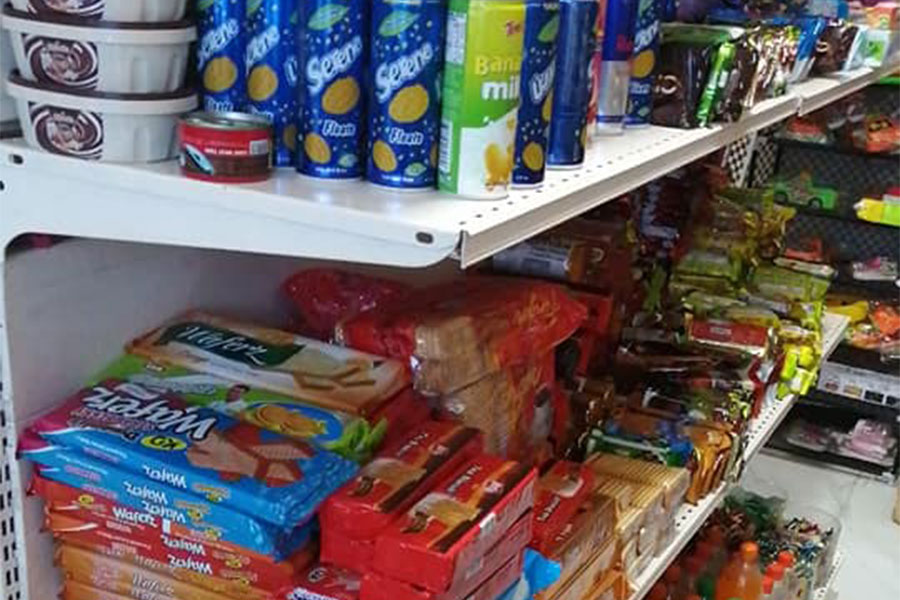
A bill that could transform the nutritional state sits in a limbo, even as the countr...
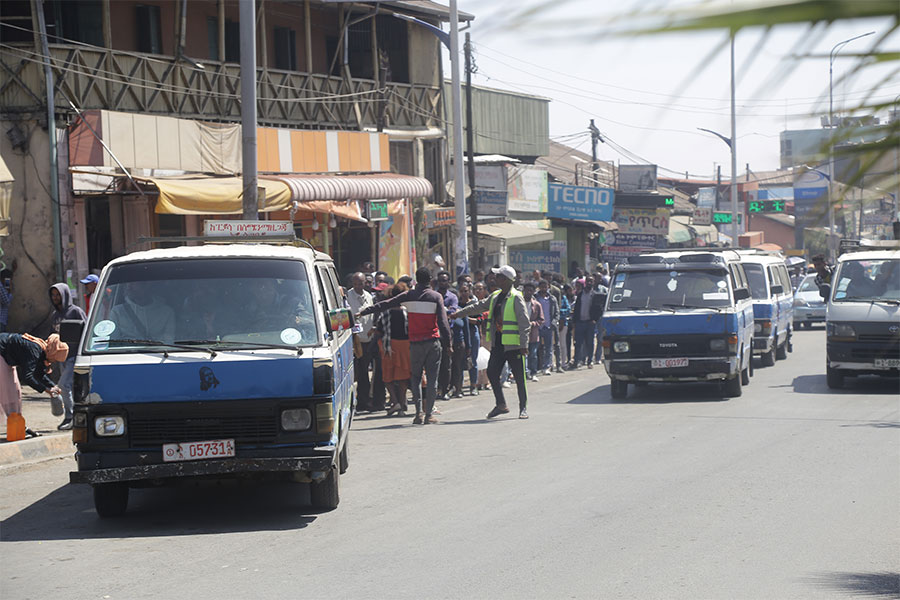
Oct 18 , 2025 . By SURAFEL MULUGETA
A long-planned directive to curb carbon emissions from fossil-fuel-powered vehicles h...

Oct 18 , 2025 . By BEZAWIT HULUAGER
Transaction advisors working with companies that hold over a quarter of a billion Bir...